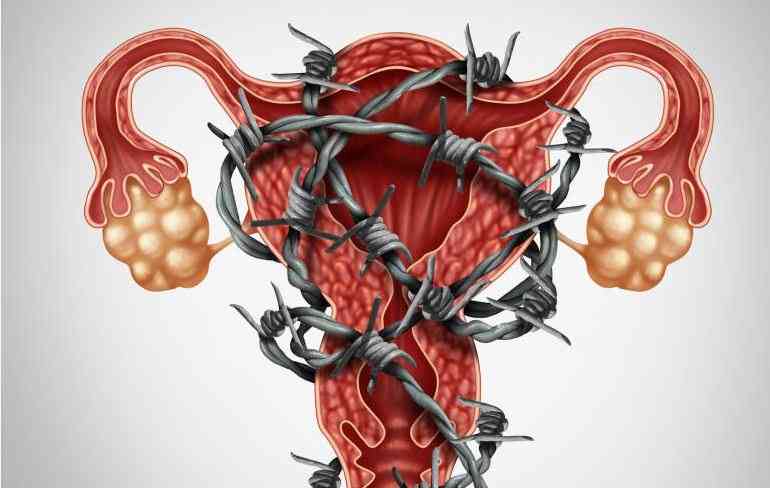
People who trim their public hair have an 80 percent higher chance of having a sexually transmitted disease, a new study suggests.
And the link between grooming one's privates and harbouring an STD is stronger in those who groom more frequently or more intensively, researchers found.
In fact, groomers who removed all public hair, at least 11 times a year were up to four times more likely to have an STD than those who never groomed.
The study, published in the journal Sexually Transmitted Infections, sought to explore the ever-increasing trend of pubic grooming, a phenomena fuelled by changing perceptions of body hair.
One of the study's authors, Dr Benjamin Breyer, from the University of California, San Francisco, said: "Pubic hair removal has become a common practice among men and women worldwide.
"The media has driven adoption of new grooming patterns and modern society's definition of attractiveness, cleanliness and feelings of femininity or masculinity.
"As a result, our perception of genital normalcy has changed."
Researchers in the USA polled 14,409 people about their intimate grooming habits, the tools they used, as well as their sexual histories and STDs.
Almost three quarters (74 percent) of the respondents said they had trimmed their pubic hairs in the past, with more women (84 percent) than men (66 percent) engaging in the practice.
The team classified 'extreme groomers' as those who removed all their pubic hair more than 11 times a year.
'High frequency' groomers were those who trimmed part of their pubic hair daily or weekly.
Video thumbnail, Man visits Senior center for stag do with his pubic hair attached to his face and body
Just over one in five (22) were classified as high-frequency, while 17 percent fell into the 'extreme' category.
Those who groomed more often, tended to be younger, more sexually active, and had more annual and total lifetime sexual partners than those who groomed less often.
A total of 943 of the respondents said they had contracted at least one of the STDs on the list - herpes, human papilloma virus (HPV), syphilis, molluscum. gonorrhoea . chlamydia. HIV, or pubic lice.
But shockingly, the team found that those people who engaged in grooming of any kind had an 80 percent heightened risk of having a sexually transmitted disease, compared to those who never groomed.
The intensity and frequency of grooming was also linked with a greater risk - with those in the 'high frequency' and 'extreme' categories associated with a 3.5 or 4-fold increase in likelihood of infection, especially those that arise with skin-on-skin contact, like herpes.
But those same people had a reduced risk of lice infestations, suggesting that grooming makes it harder for lice to breed.
The study also found that an electric razor was the most popular tool among men (42), while a manual razor was the weapon of choice for women (61).
One in five respondents also admitted to using scissors to trim their pubic hair.
The team sought to emphasis that this observational study offered no firm conclusions about the cause and affect.
But Dr Breyer said: "Several possible mechanisms may explain our findings. First, grooming may cause epidermal microtears, which may increase the risk of STDs.
He said that a second possible explanation may be the "shared use of grooming tools", but added: "We believe that shared use of grooming tools is highly unlikely to explain our positive findings.
"As a third possible explanation for our findings, individuals who groom may be more likely to engage in risky sexual behaviours than those who do not groom."
 The Standard Group Plc is a multi-media organization with investments in media platforms spanning newspaper print
operations, television, radio broadcasting, digital and online services. The Standard Group is recognized as a
leading multi-media house in Kenya with a key influence in matters of national and international interest.
The Standard Group Plc is a multi-media organization with investments in media platforms spanning newspaper print
operations, television, radio broadcasting, digital and online services. The Standard Group is recognized as a
leading multi-media house in Kenya with a key influence in matters of national and international interest.










